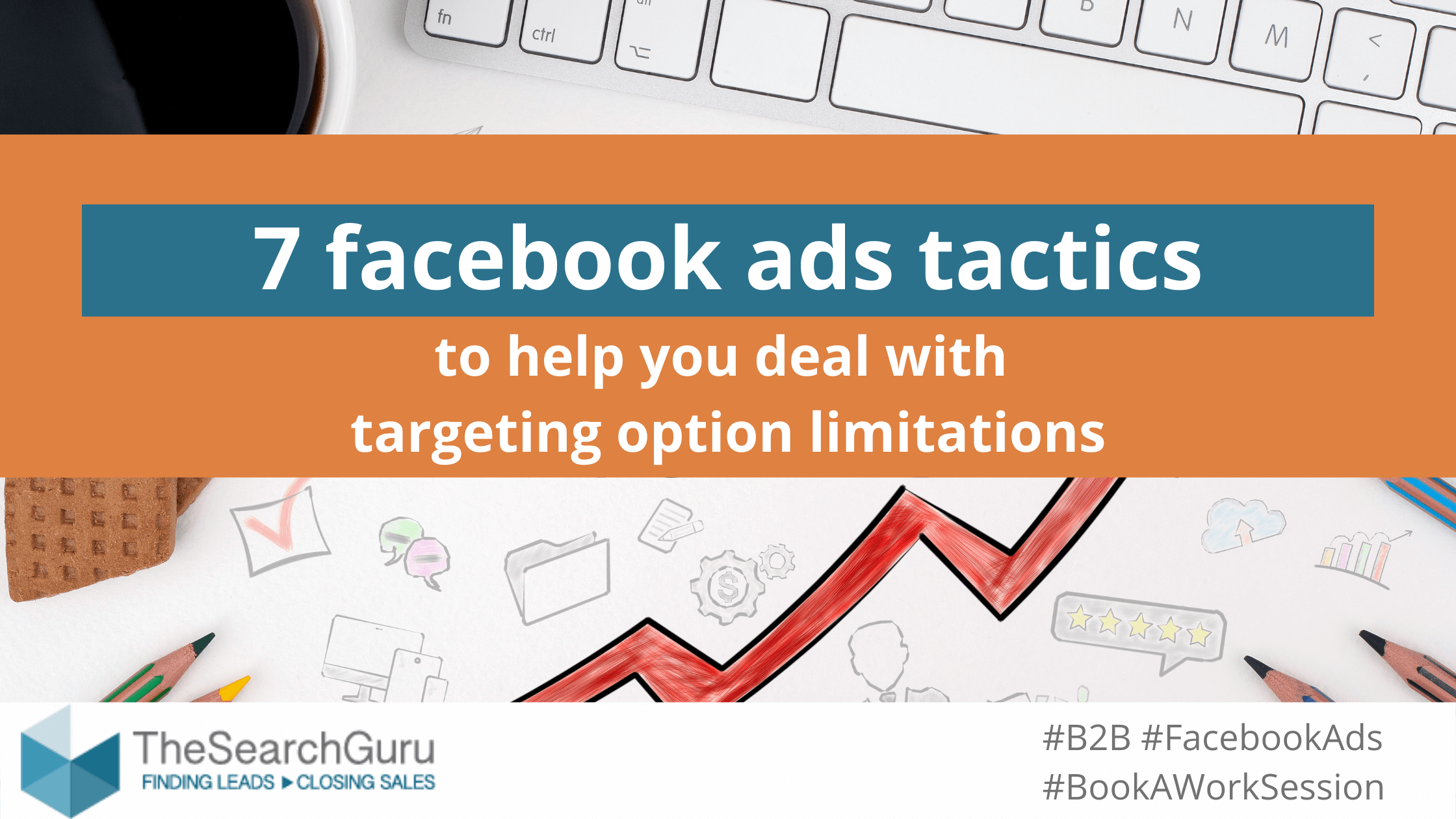In November 2021 Facebook / Meta announced that starting January 19, 2022 they will remove sensitive detailed targeting options, such as options referencing causes, organizations, or public figures that relate to health, race or ethnicity, political affiliation, religion, or sexual orientation, e.g.:
- Health causes
- Sexual orientation
- Religious practices and groups
- Political beliefs, social issues, causes, organizations, and figures
The new policy minimizes the options for targeting Facebook users, which means that advertisers have to be more careful about how they allocate their budget. As a result, many advertisers find that they are spending more money on Facebook ads but seeing fewer conversions. This is particularly frustrating for small businesses that rely on Facebook ads to reach potential customers. While Facebook’s new policy may be intended to protect users’ privacy, it is also having a negative impact on the effectiveness of Facebook ads. How to deal with this? Let’s look:
7 new tactics to help you deal with limited targeting options in Facebook Ads:
#1 Location
If you can identify a location where your users tend to concentrate, you can bullseye target them with FB ads. Choose a small radius around this specific area for your ads. For example, these could be malls, entertainment and sports centers, clinics, etc., as is relevant for your business or organization.
#2 Remarketing
Remarketing has been a huge revolution in advertising over the last decade. Now, with Facebook’s limitation of targeting options, you can create your own retargeting audience and engage users in multi-level remarketing campaigns. Yes, it will cost you the initial investment to attract those users – we recommend you start with educational content; the ad prices will be relatively lower and you can filter out the really engaged users – and then target them with ads lower in the funnel.
#3 Engaged look-alike
Building look-alike audience from users who engage with your organic content on Facebook and Instagram is a great tactic. You both use an existing asset and allow the algorithm to scale it. Check out the article about how to exclude Facebook audiences so you don’t waste budget.
#4 Text ads
Another great tactic we’ve used and seen produce results, recently, is to use good old SEO keywords in your ad copy. Create text ads with multiple keyword variations in the copy and use no specific targeting, just exclude existing users. In this way you allow Facebook’s machine learning (ML) algorithm to do the work for you. You need the keywords to help the ML do better targeting.
#5 Duplicate
Duplicate your best-performing ads and allow Facebook to show them to different audiences. This is another tactic where you bet on Facebook’s ML, and it’s relatively safe, as it uses a good amount of data. It’s worth experimenting with, for sure.
#6 Audience
Take your best performing audience and create Campaign Budget Optimization (CBO) ads. Facebook will test other similar audiences and quite often it lands with a few great matches. Just make sure your budget is on campaign level, not on ad set level.
#7 Ad formats
Use as many ad formats as possible – videos, images, all sizes available. This way Facebook can do tests in all possible ad locations and select the best formats for you.
Let’s work on this together: book a free work session
All companies we speak with have unique problems, and we’ve yet to find anyone who isn’t primarily plagued by too few resources. Take us up on a free training/work session where we can discuss your unique problems and offer solutions from top B2B marketers. Book one here:






